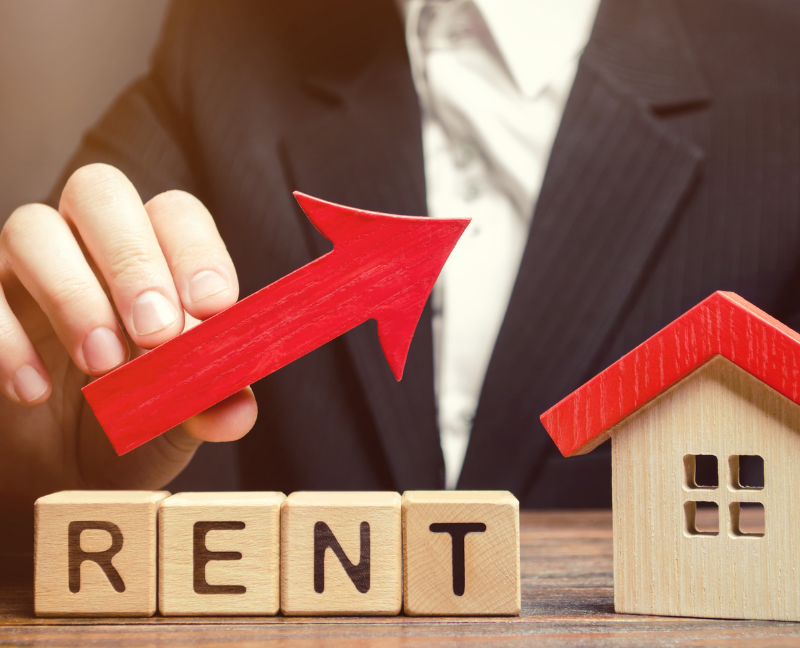Owning real estate is an excellent investment strategy with a holding that produces returns equal to the stock market but with less volatility.
Additionally, residential real estate offers investors unique tax advantages and can employ leverage to increase overall returns to them.
In this post, we will give you the best real estate investing strategies you can use to get started.
The Best Real Estate Investing Strategies
Before anything else, you have to know that your goals and timeframe will determine which investment strategies in real estate work best for you.
And here are your options:
1. Buy And Hold Rental Property
Real estate investors buy and hold SFR properties to earn rental income, profit from property value appreciation, and take advantage of specific tax incentives. Single-family rental property is the most popular real estate investment type for novice and experienced investors. SFRs (Single Family Residential) are simple to locate, acquire, and run.
Residential real estate buyers have access to various financing choices, including conventional loans, loans backed by the government, private lenders, and lenders with portfolios of properties.
2. Reinvest Rental Income
Reinvesting income from rental properties is a common supplement to the buy-and-hold approach many real estate investors employ.
The "snowball effect" saves net cash flow on one rental property until they have enough money for a second rental property down payment. Next, both rental properties' net cash flows are kept until they have enough money saved for the third asset.
The snowball effect of cash created by an investor's rental properties grows larger as the investor's portfolio grows, much like a snowball that rolls down a hill.
Owners may reinvest rental revenue by making extra mortgage payments to pay down a property faster. After appreciation and mortgage prepayments, the investor conducts a cash-out refinance to purchase another rental property.

3. House-Hack
Investing in rental property may demand a substantial down payment. People who own their home but don't have enough money to buy a rental property use house hacking.
The common examples of house hacking are the rental of a spare bedroom or converting a basement into a studio apartment. Savings from home hacking rentals can be utilized as down payments on rental properties until funds are available.
Some investors will also employ a low down payment Federal Housing Administration (FHA) or Veterans Affairs (VA) loan to buy a modest, multifamily property. The requirement that the borrower resides in one of the units as their principal residence is one of the potential disadvantages of this strategy.
However, residing next to tenants is an excellent opportunity to learn about investment strategies in real estate and obtain practical property management expertise.
4. Buy, Remodel, Rent, Refinance, Repeat (BRRRR)
Investors utilize buy, remodel, rent, refinance, repeat (BRRRR) to buy fixer-upper property with short-term financing, make renovations, rent to a qualifying tenant, then refinance and draw cash out once the property has stabilized cash flow.
In the BRRRR investment strategy in real estate, investors repeat the same steps, like the snowball effect. Active investors with the time, knowledge, or a trusted, cost-effective network of contractors and handypersons to remodel should use BRRRR.
5. House Fixing And Flipping
If everything goes according to plan, house flipping is a high-risk real estate investing strategy with a potential high payout. Fix-and-flip investors don't want to be landlords since they only own properties for a few months. After buying an undervalued home, a flipper may perform targeted modifications to increase its value or hold onto it to profit from appreciation.
A home flipper who takes too long or underestimates repairs may run out of money. Fixed and flipping is best for people with knowledge of assessing fair market property worth, remodeling costs, and enough funds to finish on schedule and budget.
These are just some strategies in real estate investment. If you find this helpful, we've created more tips on how to invest in properties in Part 2!

